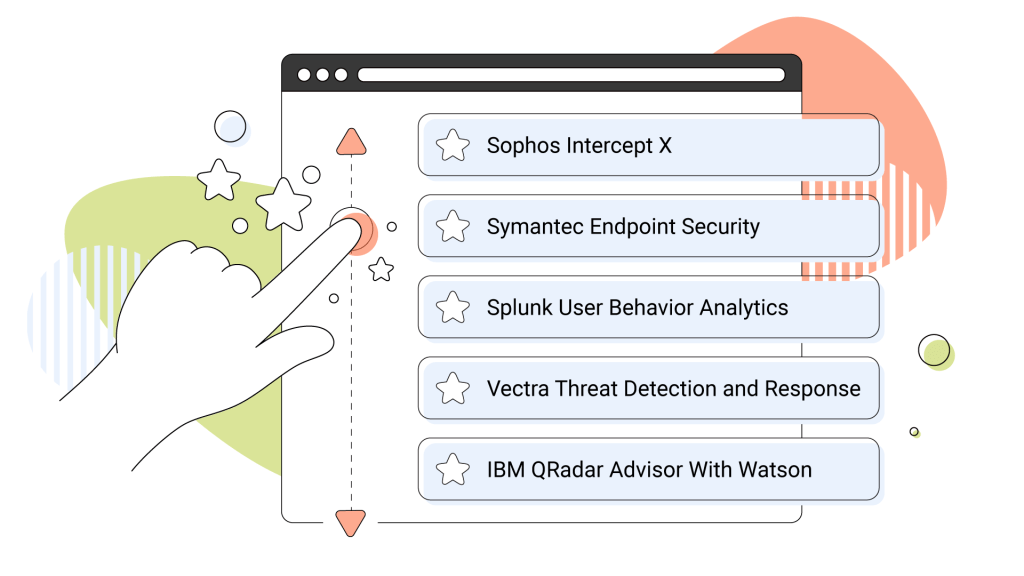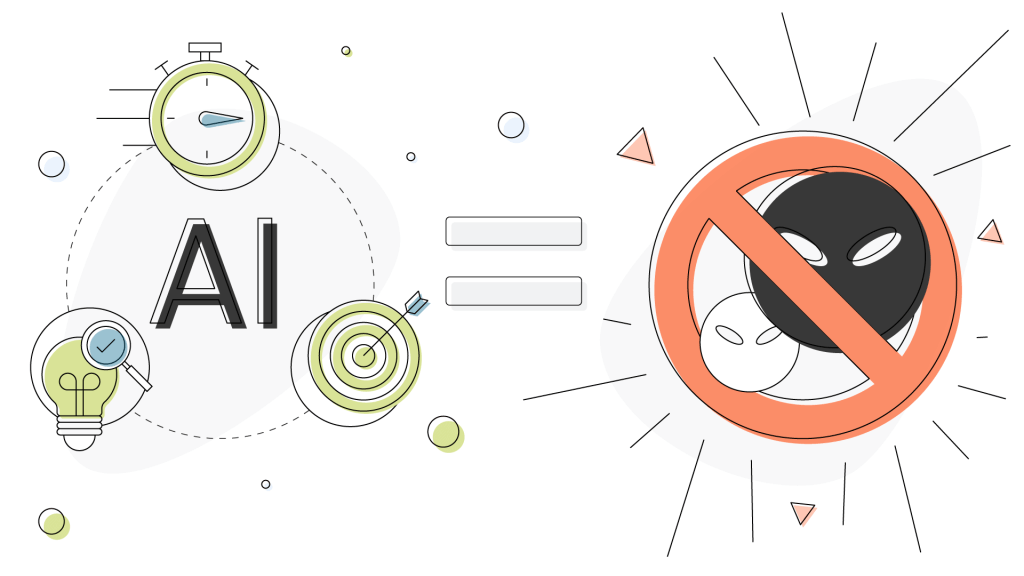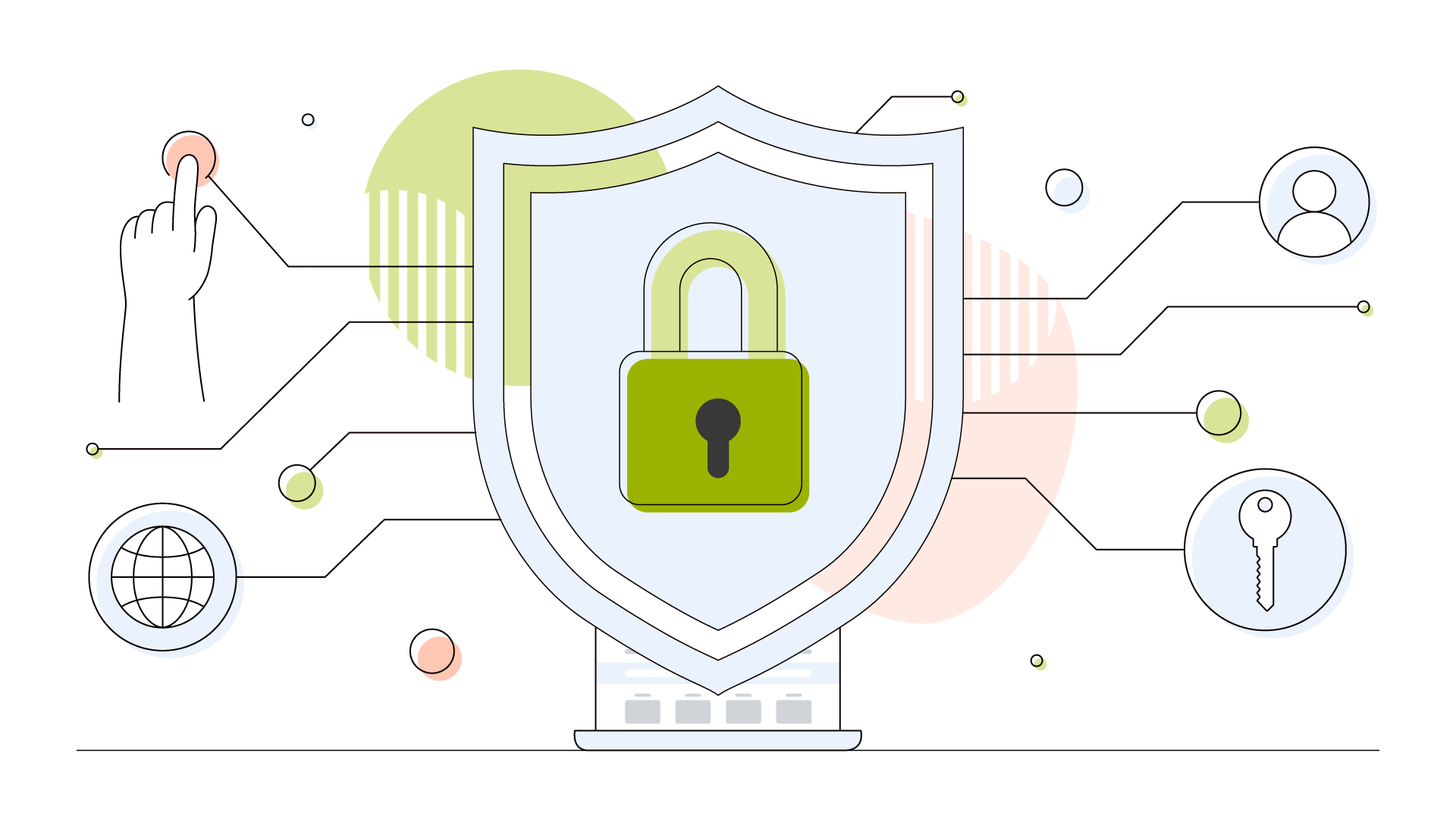Cybersecurity is one of the most important issues facing the world today. The more people rely on technology, the more damage a cyberattack can do, and stopping these threats can be complicated. Artificial intelligence (AI) can help.
AI in cybersecurity is a booming market, with 73% of IT leaders using AI tools for security in some capacity. As cybercrime grows and networks become increasingly difficult to manage manually, these resources could become a standard part of business security.
- Why AI in Cybersecurity Is Important
- Most Useful AI and Machine Learning Cybersecurity Tools
- AI Can Take Cybersecurity to the Next Level
Why AI in Cybersecurity Is Important
AI in cybersecurity is more than a trend. It’s becoming a necessity. The U.S. alone needs another 715,000 cybersecurity workers to meet current demand, and even with sufficient staff, finding and fixing vulnerabilities fast enough is challenging. AI can automate critical security processes to help businesses do more with fewer people.
As more industries embrace digital technologies, this need rises. Sectors like construction, which accounts for one in five worker fatalities, have started using technologies like the internet of things (IoT) to improve safety. However, these open the door to cyberattacks. Since these firms lack experience in managing these threats, they need all the help they can get to stay safe.
AI provides the answer. Machine learning cybersecurity tools can secure these increasingly complex networks without firms needing a lot of technical expertise. They can then take full advantage of new technologies without worrying about cyberattacks.

Most Useful AI and Machine Learning Cybersecurity Tools
Thankfully, AI in the cybersecurity market is already full of options. Here are five of the most useful AI and machine learning cybersecurity tools.
1. Sophos Intercept X
Sophos’s Intercept X is an endpoint protection solution that uses deep learning technology to find and respond to threats. Instead of relying on signatures like a conventional anti-malware program, it adapts over time, learning what is and isn’t normal endpoint behaviour. That way, it can detect new threats, not just known attack methods.
Training on real-world scenarios helps Intercept X’s deep learning model learn how threats play out in real life. As it gathers more data over time, it can pick up on new trends and adjust accordingly, staying up-to-date with shifting cybercrime trends. This also lets it adapt to businesses’ specific network needs.
Intercept X also uses AI to determine which endpoints are the most at-risk of an attack or would suffer the most damage. Teams can then balance their resources more effectively.
2. Symantec Endpoint Security
Symantec Endpoint Security is a similar AI-powered tool. The platform features machine learning exploit and malware prevention, which uses AI to look for vulnerabilities and fix them before they lead to damaging attacks.
Symantec’s machine learning solution also reviews endpoint networks to inform safer management decisions. That includes highlighting unnecessary or unsecured endpoints to help IT teams minimize their attack surface. These network-specific reviews help businesses of any size and setup stay safe.
This AI also automates endpoint updates and configuration. The system will automatically ensure every device on the network is as secure as possible, avoiding vulnerabilities from human error. Considering how 55% of all software users run is outdated, that can be a big step forward.
3. Splunk User Behavior Analytics
While some AI cybersecurity tools focus on endpoints, others focus on users. That’s the case with Splunk User Behavior Analytics (UBA). UBA uses unsupervised machine learning to model how different users act on company networks, establishing a baseline to help recognize potential breaches.
If a hacker breaks into someone’s account, they won’t act the same as the real authorized user. UBA’s AI will pick up on these differences, alerting security workers to the potential breach so they can stop it before the attacker causes much damage.
These analytics can also reveal which employees follow company protocol for various workflows. With these benchmarks, teams can enforce cybersecurity policies more effectively, helping reduce human error-related breaches.
4. Vectra Threat Detection and Response
Vectra Threat Detection and Response, formerly Vectra Cognito, is another solution using behavioural analytics to find and stop threats. The platform uses hundreds of metadata elements to detect attackers across different environments, no matter how subtle their attacks may be.
Gathering such a rich context for different actions on the network helps Vectra spot threats while minimizing false positives. Its AI tools also automatically apply company-specific policies, following custom response techniques when it discovers a potential breach. That way, businesses can handle threats the way that works best for them.
The Vectra platform also analyzes historical data to find existing vulnerabilities and exploits. It can then adapt security solutions to meet teams’ unique needs.
5. IBM QRadar Advisor With Watson
IBM Security’s QRadar XDR platform covers many cybersecurity tools. One add-on, QRadar Advisor With Watson, automates security operations center operations to reduce response time and enable ongoing security improvements.
QRadar Advisor uses IBM’s famous AI platform, Watson, to recognize and contain anomalies without human input. Watson then offers root-cause analysis to help teams understand how the attacker was able to get in and adapt its model to protect against similar threats in the future.
Over time, QRadar Advisor will be able to offer increasingly helpful advice on how teams can improve their security. These ongoing improvements help companies stay safe from emerging threats.

AI Can Take Cybersecurity to the Next Level
AI and machine learning offer speed, accuracy, and insight that manual approaches can’t match. As more businesses apply tools like these, they’ll stand a better chance against the ever-evolving world of cybercrime.
With better, more proactive security, people can use new technologies to their full potential. Embracing things like the IoT or cloud computing won’t have to come with security sacrifices.
Author Bio
Ellie Poverly is a cyber security writer with a special interest in artificial intelligence and robotics. You can check out her writing at Revolutionized.com.




